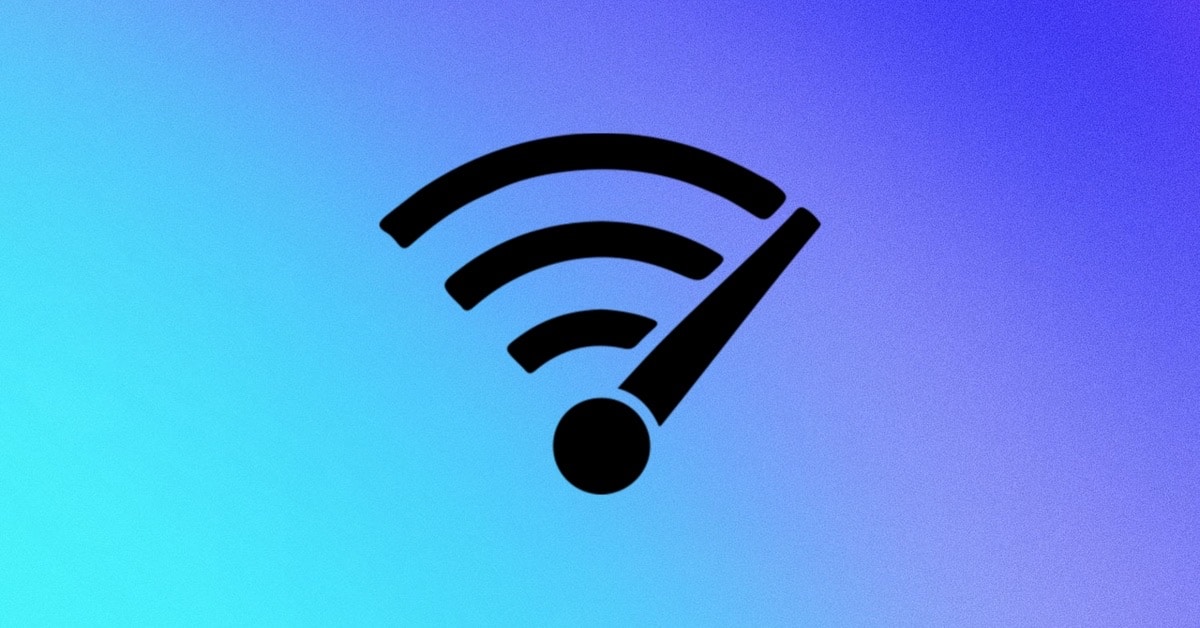When it comes to choosing a broadband deal, bandwidth is an important factor to consider. But what is it? And how does it differ from broadband speeds?
What is bandwidth?
Bandwidth is the volume of data that can be carried per second via a broadband connection and is measured in ‘Megabits per second’ (Mbps).
The higher the bandwidth, the more data can flow through it per second, meaning more data can be transferred faster.
What is the difference between broadband speed and bandwidth?
When talking about broadband, 'speed' and 'bandwidth' are often used interchangeably, but have subtle differences in meaning.
Broadband speed:- Determines how fast data can be downloaded or uploaded on your device, and is measured in 'megabits per second' (Mbps).
Bandwidth:- The measure of how much traffic a broadband connection can cope with at once. Bandwidth is also measured in Mbps.
In other words, bandwidth is the maximum amount of data your broadband connection can handle at any one moment.
To put it simply: consider bandwidth as a highway and the cars on that highway as the data. The more cars on the highway, the more traffic you'll have. So, the more people accessing your broadband at the same time, the slower your connection will be. And if you use a slower type of broadband (e.g., ADSL), the more likely you'll be to have this issue.
Why is bandwidth important?
Bandwidth is important because it helps set the parameters for what you're able to do online.
With higher bandwidth, you'll significantly cut down on buffering, long load times, and other connection issues, making what you do online quicker and easier.
Higher bandwidth also means you can efficiently support multiple devices and users at the same time while maintaining consistent speeds and performance.
With higher bandwidth you'll:-
- Experience shorter load times and less buffering.
- A smoother and more stable connection when playing games online and streaming content.
- Consistent speeds across devices using the same connection simultaneously.
With lower bandwidth you'll:-
- Experience longer load times and more buffering.
- Consistently laggy streaming, especially when streaming in Ultra HD (4K).
- Slower overall speeds when numerous devices are connected to your broadband at once.
Which types of broadband have the most bandwidth?
There are three main types of broadband in the UK, each of which play a key role in determining the amount of bandwidth you'll be able to get:
ADSL/Standard broadband:- Standard broadband, otherwise known as ADSL, uses copper telephone wires from BT's Openreach network to deliver your connection.
Average download speeds with ADSL range between 10 - 11Mbps, so the amount of bandwidth you get will be limited. ADSL is recommended for no more than 1-2 people who use the internet for little more than light browsing.
Fibre to the Cabinet (FTTC)Superfast broadband:- Superfast broadband uses a mix of fibre optic cables and copper telephone cables to deliver your broadband and is available to 95% of homes across the UK.
With average download speeds between 38Mbps and 67Mbps, bandwidth with FTTC broadband is considered sufficient for most standard homes using the internet for a mixture of browsing, streaming, and online gaming.
Fibre to the Premises (FTTP)/Ultrafast broadband:- With average download speeds of over 100Mbps, 'Ultrafast' broadband - also known as 'Fibre to the Premises' (FTTP), 'Fibre to the Home' (FTTH), and 'full fibre' - gives you the most bandwidth and the fastest internet speeds.
Full fibre broadband is currently only available in select areas. Run a quote to see if ultrafast broadband is an option for you.
What online activities use up the most bandwidth?
Most online activities take up only a small amount of bandwidth. But if you're sharing your connection with others, this can quickly start to add up.
| Online Activity | Recommended Bandwidth |
| Checking mail | 1Mbps |
| Streaming video in Ultra High Definition (4K) on Netflix or Amazon Prime on 1-2 devices simultaneously | 25Mbps - 50Mbps |
| Streaming video in Ultra High Definition (4K) on Netflix or Amazon Prime on 4+ devices at the same time | Min. 100Mbps |
What causes low bandwidth?
The amount of bandwidth you have will be determined by the amount of Mbps on your current broadband plan. If you don't have enough Mbps, your bandwidth could be lowered because too many people are connected to your broadband at once. Other factors such as the device you use to access the internet, your router, or the type of broadband you have could also be causing low bandwidth.
If you're experiencing issues with your broadband, there are some steps you can take to improve speed and bandwidth.
How do I check my bandwidth?
Before looking at switching to a new broadband deal with higher bandwidth, it's a good idea to first run an internet speed test. The speed test measures your current download and upload speeds, as well as ping time.
To get the most accurate reading possible, it's best to carry out a few speed tests over several days and at different times throughout the day.
How much bandwidth do I need?
As a general rule of thumb, it's a good idea to allocate at least 10Mbps worth of bandwidth for each person in your household. And if you live with people who regularly partake in online activities like streaming TV shows and movies in UHD, downloading large files, or gaming, a minimum 25Mbps per-person is recommended.
Compare broadband deals
We find deals from all the top providers and help you switch.
